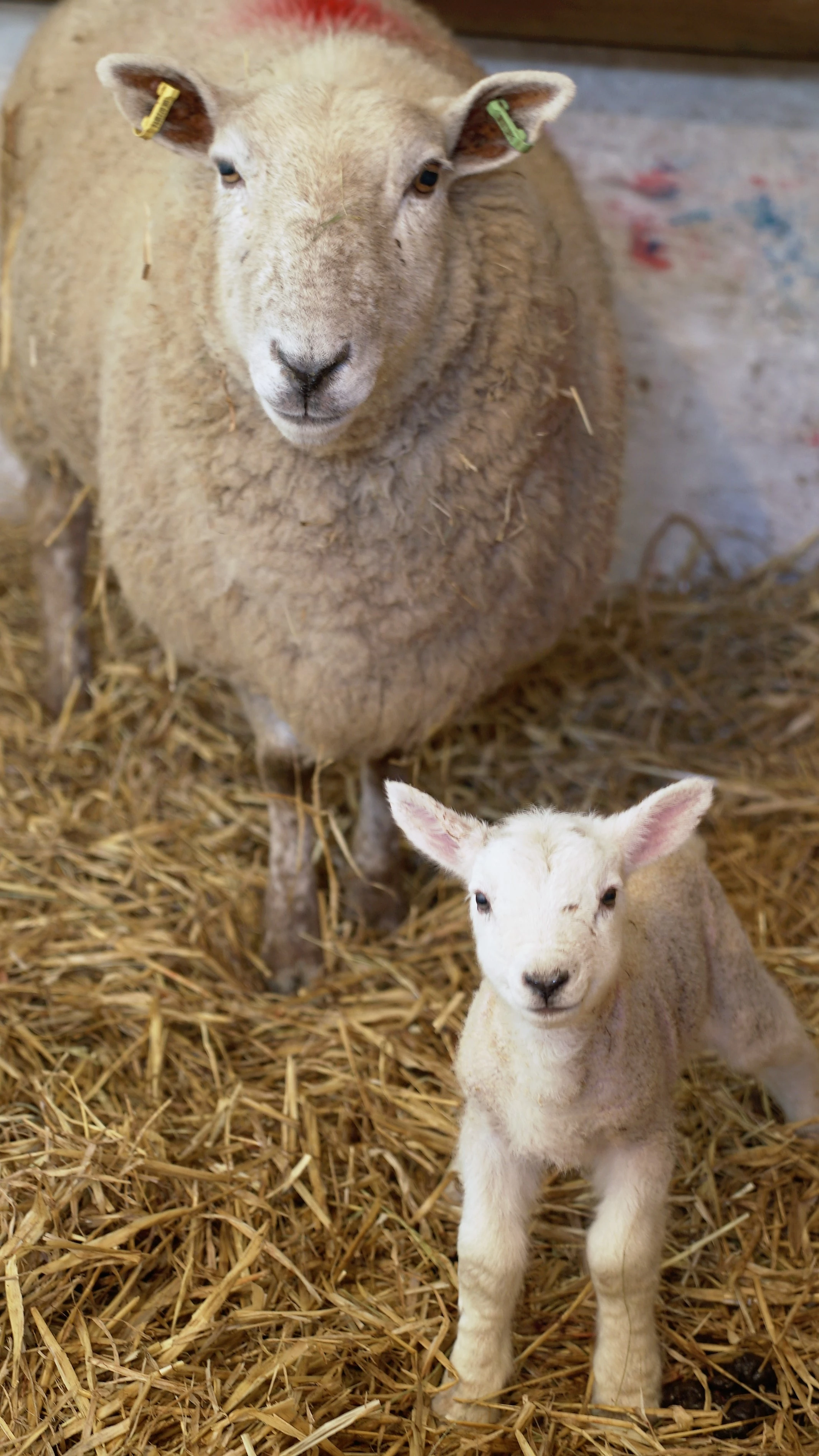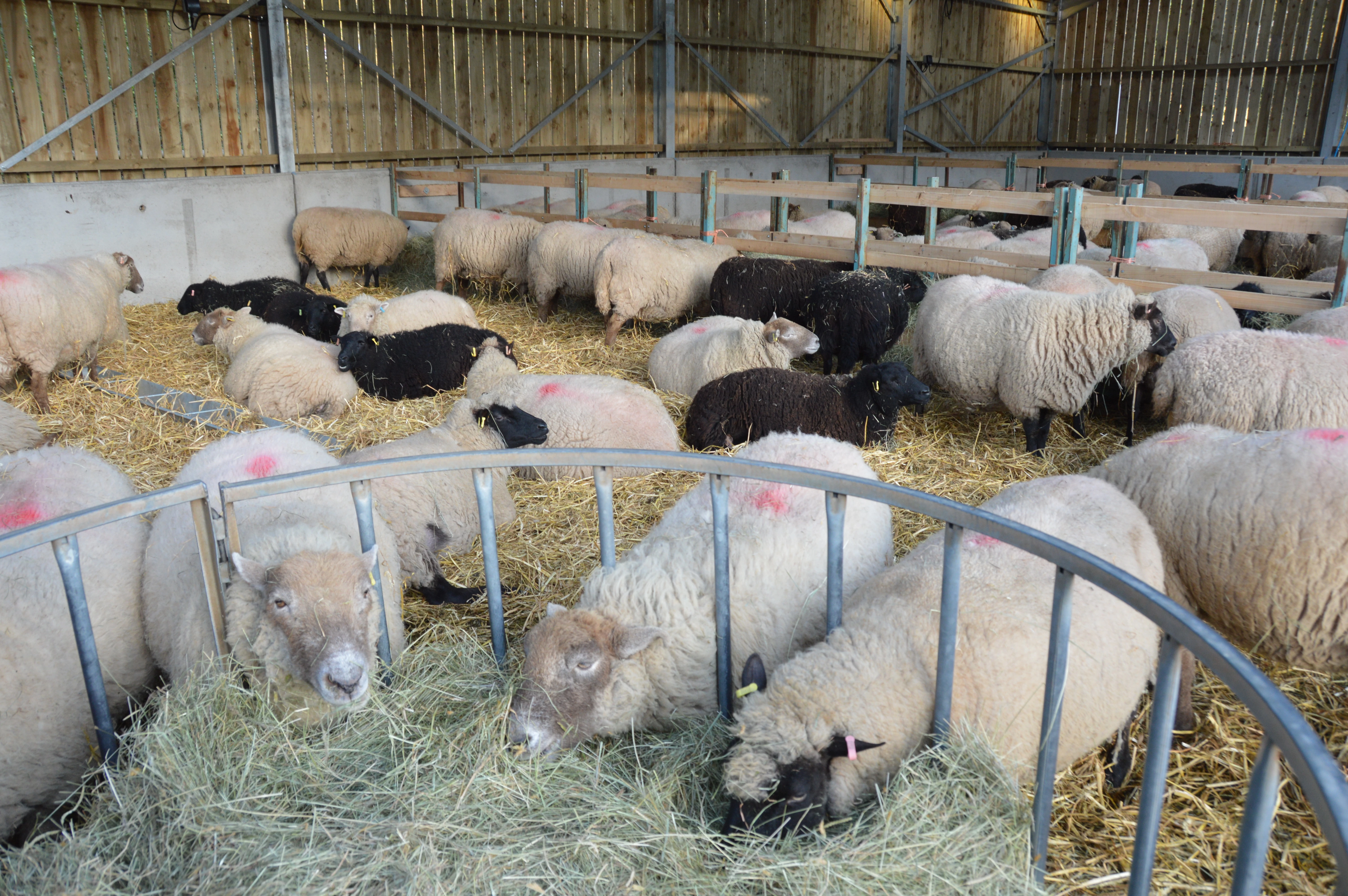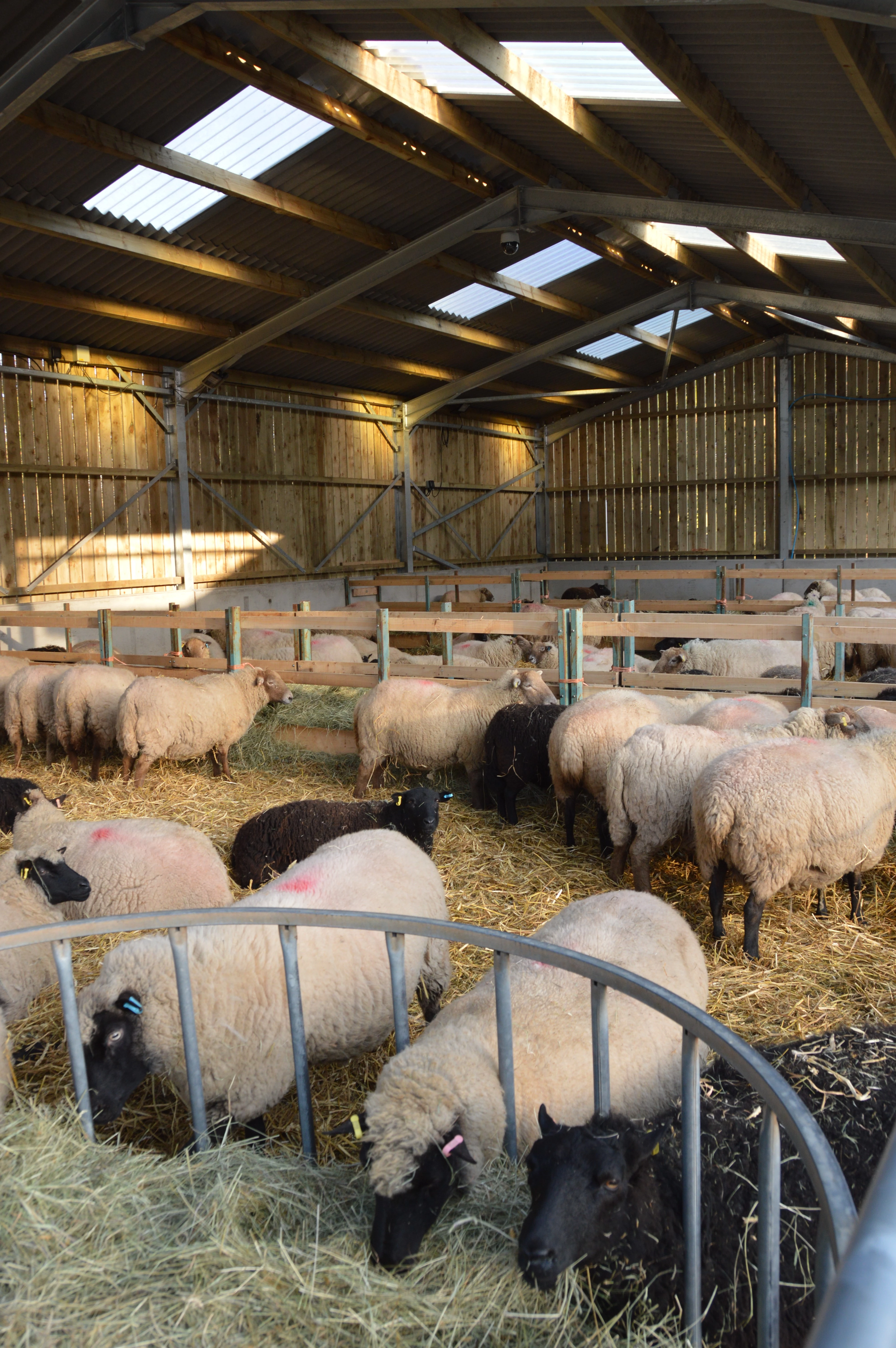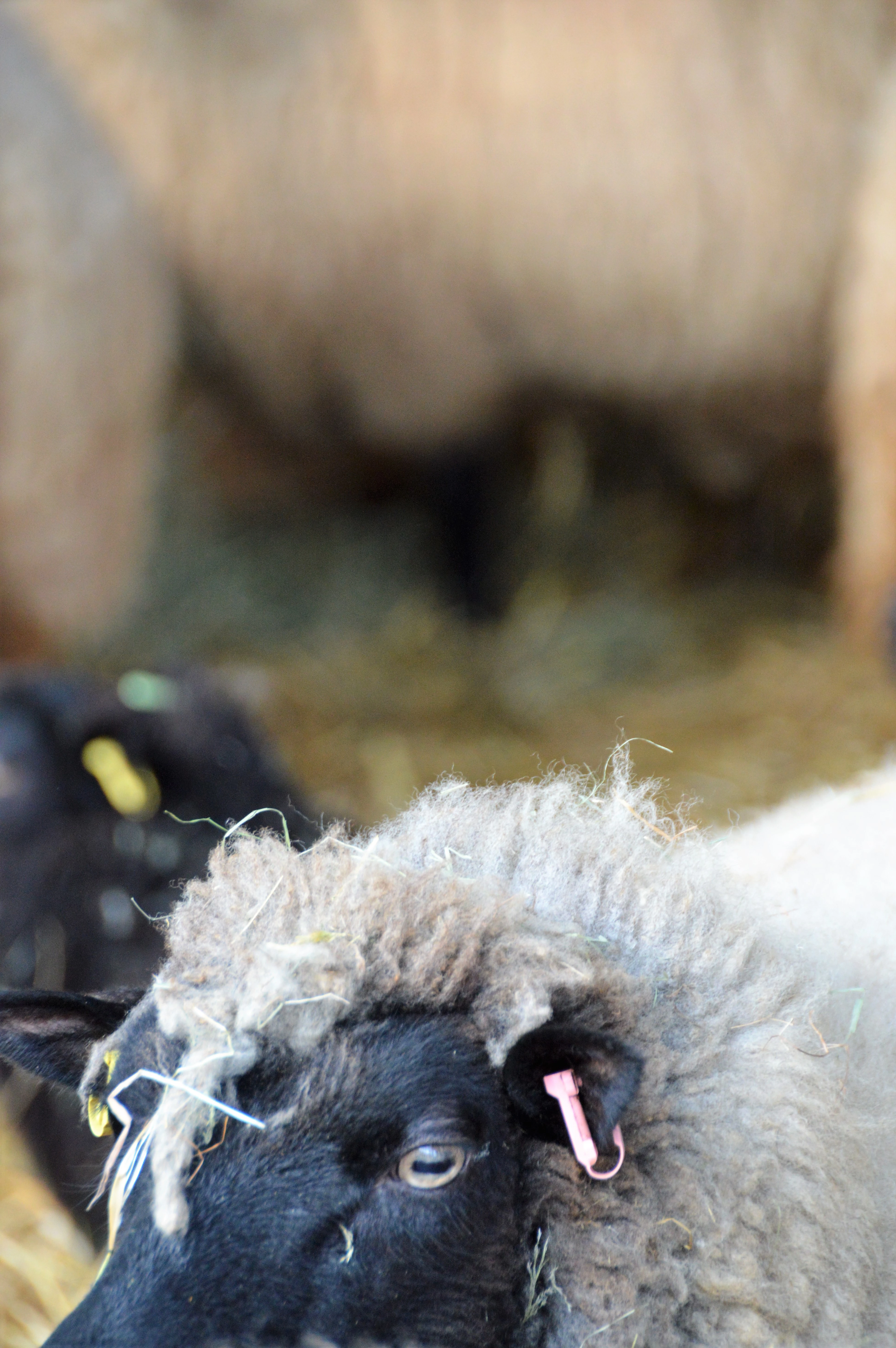Lambcam 2021 - FAQs:
, 19 February 2021
We're getting ready for another lambing season here at St Fagans and we know that lots of you will be looking forward to #lambcam. So, we've put together the answers to some of the most frequently asked questions that have come up over the years. Here's the stuff you need to know when things start to hot up in the lambing shed:
Why do the sheep head butt each other?
The ewes are very grumpy, hormonal and territorial as they prepare to give birth. Sheep only have teeth on their bottom jaw with a hard pad on their upper jaw - good for nibbling grass, but useless for fighting biting. They're also not very good at kicking with their spindly little legs. So a good hefty headbutt is their preferred method of asserting themselves!
Why have some of the sheep got blue straps on them?
Like all pregnant animals, sheep can sometimes suffer from uterine prolapse (look away now if you're squeamish). It's usually caused by big lambs. The harness helps to hold everything in place until the ewe is ready to lamb. Most sheep can then lamb normally without expelling the uterus as well.
Some of the sheep are limping or walking on their front knees – why don’t you do anything about it?
Our sheep have their feet trimmed as part of their regular care, but it's not ideal to do this in late pregnancy. Sitting them up onto their bottoms (same hold as shearing) can crush their lung capacity and stop them breathing. So by the time they lamb, they are very heavy and may have sore feet. Once they've had a few days to get over the birth they will be foot trimmed as part of their post-natal care.
Some of the sheep may also suffer nerve pain in their legs from the pressure of the lambs inside them. This can make them lame, but usually resolves itself immediately after lambing. All sheep that are eating and drinking well are best remaining with the flock – we only separate them for medical necessities.
Is anybody there looking after the sheep?
Lambcam is brought to you by a small but dedicated team. Once things get going there are experienced staff on hand during the day and through the night.
Are the sheep in pain?
Yes - they're giving birth, and labour can be a long and painful process!
I've been watching a sheep struggling to give birth - why doesn't someone go in and help her?
Sheep are nervous animals - they don't find the presence of humans relaxing. Their natural instinct is to run away (as you'll see every time the team go in). Sprinting round the shed stresses them out and slows down the lambing. The shepherds observe quietly from a distance and intervene as little as possible. A calm, quiet shed means shorter labours for everyone.
But she's been struggling for ages and no-one's been to see her!
As well as the area you can see on camera, we have separate nursery sheds for the ewes and their lambs. The team will always assess the needs of the whole flock and prioritise the most vulnerable. A very sick newborn lamb that needs tube feeding may be taking precedence over a ewe in labour. Remember that there may be a staff member just out of shot watching on.
Why are you letting it go on so long?
The ewe needs to labour until her cervix is dilated enough for the lambs to pass through. This can take anything from 30 minutes to several hours. The ones that are making the most fuss are often our yearlings giving birth for the first time. Ironically these are the girls that need to do the most work to open their cervixes. Caesarean births for sheep would only ever be an absolute last resort and have very poor outcomes for the ewe. A long labour is always a much better option - sorry ladies!
There's a sheep in the shed screaming in pain…
Sheep are mostly completely silent when giving birth (but you should hear the racket at feeding time!) In the wild, being quiet while in labour reduces the chances of being attacked by a predator at such a vulnerable moment. When you see a ewe with her eyes wide, head thrown back and top lip curled, it's evidence of the strength of her contractions. That's a good thing - it means she's getting down to business and there'll be a birth happening soon.
I've just seen the shepherd give the sheep an injection - what was that?
A shot of calcium can help get things moving if a ewe has been in active labour for a long time but is not making much progress with dilating her cervix.
Why do they swing the lambs by their legs sometimes?
It's vital that lambs start to breathe on their own as soon as they are born. They sometimes have noses and throats full of fluid. You may see the shepherds sticking a bit of straw up the lamb's nostril to get it to cough or sneeze. If this doesn't work they will sometimes swing the lamb by its back legs. It looks dramatic - but is the most effective way to clear the airway. Centrifugal force helps the lamb to cough out any obstructions.
What are they doing when they put their hands inside the sheep?
Check out this blog post from 2016 for a full guide to lamb presentation aka 'What's going on there?'



